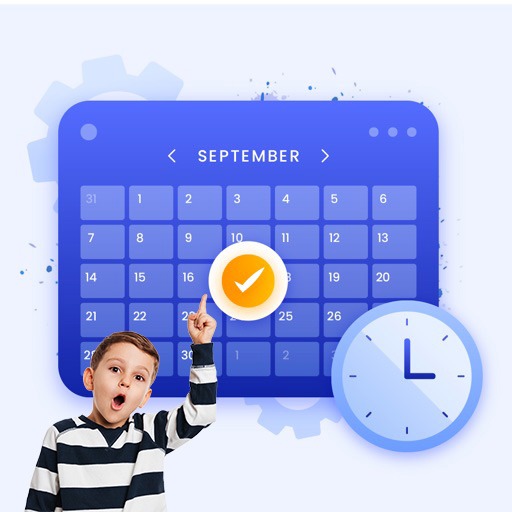Summary
Adolescent idiopathic scoliosis (AIS) is a condition that causes an abnormal curve in the spine, usually developing between the ages of 10 and 18. It is the most common form of scoliosis, making up about 90% of cases where the cause is unknown.
Most children and teens with AIS do not experience significant problems and never require treatment. However, in cases where the spinal curve becomes severe, there is a risk that it could worsen over time. This may lead to posture changes, back pain, or, in rare cases, breathing difficulties. While bracing may be recommended for some cases, its effectiveness in severe scoliosis is still debated. In cases where the curve is very pronounced, modern surgical techniques offer a safe and effective option to correct the spine’s alignment.
Definition
AIS is a structural condition where the spine gradually curves in an abnormal way during a child’s growth. It is not caused by underlying conditions such as neuromuscular or genetic disorders. The curvature can affect the spine’s natural balance from front to back and side to side, sometimes causing noticeable asymmetry in the shoulders, ribs, or waist.
Diagnosis and When to Seek Help
Signs of AIS may include:
- Uneven shoulders or waist
- One hip appearing higher than the other
- A visible curve in the spine
- Back pain (though this is not always present)
If you notice these signs in your child, consult a doctor. A healthcare provider will conduct a physical exam and may order an X-ray to assess the degree of the curve.
Management
Treatment depends on the severity of the curve:
- Mild cases: No treatment is needed, but regular monitoring may be recommended.
- Moderate cases: A brace may be prescribed to prevent further progression of the curve.
- Severe cases: If the curve is significant and continues to worsen, surgery may be considered to correct spinal alignment and prevent future complications.
Follow-Up and Monitoring
Children with AIS typically have periodic check-ups to track the curve’s progression. Early detection allows for better management and, in most cases, prevents the need for invasive treatment.
History and Exam
Key diagnostic factor
- Presence of risk factors
- Age >10 years
- 6 to 12 months post puberty
- Postural asymmetry
Other diagnostic factors
- Shoulder asymmetry
- Waist-line asymmetry
- Thoracic wall or breast asymmetry
- Normal gag reflex
Risk factors
- Positive family history
- Peak adolescent growth spurt
Diagnostic Investigations
1st investigations to order
- Clinical exam
Investigations to consider
- Standing PA (posteroanterior) X-rays of cervical, thoracic, and lumbar spine, and pelvis
- Standing lateral X-rays of cervical, thoracic, and lumbar spine, and pelvis
- MRI of cervical, thoracic, lumbar, and sacral spine, and brainstem

